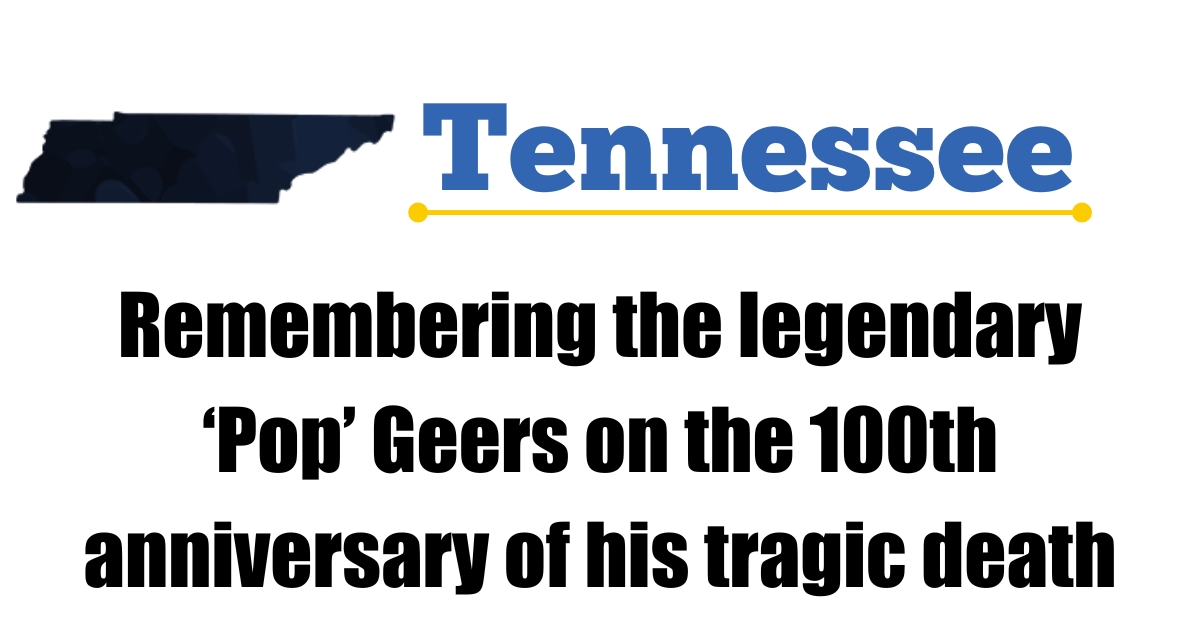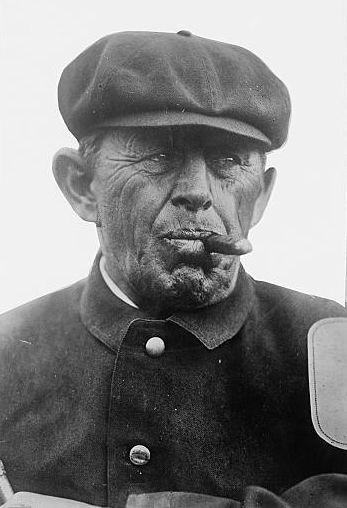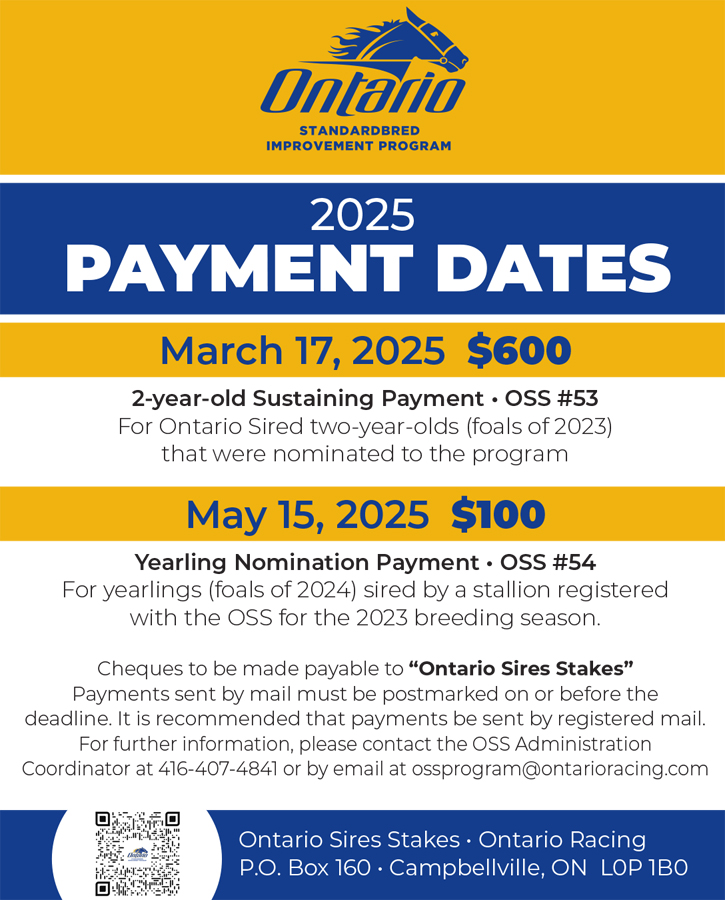
Remembering the legendary ‘Pop’ Geers on the 100th anniversary of his tragic death
by Jay Wolf
September 3rd marks the 100th anniversary of one of the greatest losses in the history of harness racing – the tragic death of Edward Franklin ‘Pop’ Geers at the age of 73.
Geers (pronounced Jeers) was born on a farm about three miles from Lebanon, TN on Jan. 25, 1851.
A young Geers was given a pair of cows to oversee and he taught them to line drive. Geers eventually traded those cows for a 2-year-old colt trotter. Thus began one of the greatest careers in the fledgling sport of harness racing.
Geers’ first notable success came with an imported Morgan chestnut stallion, about 14.5 hands high, called Little Dave. He was a pure-gaited trotter and gave the 21-year-old his first driving victory in 1872.
Geers dominated the Grand Circuit during his 50+ year career. He is credited with earnings of more than $2 million.
In addition to his skill as a driver, Geers was noted for developing and handling more champions than any other horseman. Not only did his horses establish several single harness records on the trot and pace, he also held the “team records” and the “triplicate team” record – a 2:14 mile with three horses hitched abreast to a four-wheeled wagon.
It was noted by many that Geers displayed self-control and “slowness to anger.” He seldom whipped a horse and never raised his voice. He didn’t drink. The press reported that his passions were cigars, clean sportsmanship, philanthropy and ice-cream.
Months prior to his death, Geers played host to 3,000 school children at the Sandusky (OH) County Fairgrounds for their annual play and field day. Geers drove several exhibition heats with various horses for the children’s enjoyment and benefit.
On Aug. 16, 1916, Geers, then 65 years old, guided Napoleon Direct to a 1:59.¾ mile at the Columbus (OH) Driving Park – Geers’ first two-minute mile.
After years on the Grand Circuit, Geers was urged by family and friends to quit racing. He had been involved in many accidents and was aging. His semi-retirement consisted of exhibitions and only a few purse starts.
In March 1924, Joseph McGraw, the future Hall of Famer and the superintendent of speed, announced that he had closed a contract with Geers to exhibit his world champions — Peter Manning and Sanardo — at the 44th annual West Virginia State Fair in Wheeling during Labor Day weekend.
Peter Manning would try to better his own trot record of 2:02.½ over a half-mile track. Sanardo would aim to best the 2:02 pace record.
The state fair officials were so excited to have the “Silent Man from Tennessee” attend their meet, they dubbed Tuesday (Sept. 2) as Pop Geers Day.
Heavy rains, a soft track and swampy conditions caused a postponement of the original Geers Day. The expected crowd of 20,000 would have to come back on Wednesday to watch history.
Prior to the exhibition miles, Geers entered Miladi Guy in the 2:14 Class Trot. The filly was one of Geers’ favorites, but also known to have weak knees, a fact that would soon prove fatal for the famed driver.
As the field of five went postward for the first heat, Geers was reported to tell the track officials, “I’m just giving the old game one more whirl boys and then it’s back to Memphis to stay.”
Geers and Miladi Guy finished third in the first heat, timed in 2:13.¼. The crowd was disappointed, but they were sure Geers would win the second heat.
As the field of five passed the half-mile station, Geers was sitting third and pulled his filly to the outside and drew even with the leading Santa The Great and Judge Blair.
Miladi Guy found a soft spot on the track, broke stride, stumbled and fell. Geers was catapulted over the fallen horse and landed in a heap, some 15 feet ahead of the filly.
Geers’ limp body was carried to the outer edge of the track and he was quickly attended to by a trio of physicians – Drs. Will Cruse, L. A. Clark and L. N. Harris. He suffered a broken neck, a crushed forehead and a bruised chest. The doctors found a faint heartbeat but the prognosis was grim.
While waiting for an ambulance, caregivers moved Geers to his stable and laid him on a cot just a few feet from the stall of his star, Peter Manning. The champ sensed the seriousness of the incident and whinnied lightly.
Geers was eventually transported to Ohio Valley General Hospital where he briefly regained consciousness and softly muttered, “I had a fall.” He closed his eyes and the “Grand Old Man of the Trotting Turf” drifted off and died peacefully.
The next day, a reported 50,000 citizens came back to the island track for a public memorial service at the fairgrounds.
Just after 2 p.m., the time of the previous day’s accident, Peter Manning, Sanardo and Miladi Guy, with black crepe draped around their necks, were led silently onto the track by white coated attendants.
The Honorable Howard Mason Gore, who in just a couple of months would become the U.S. Secretary of Agriculture and later the Governor of West Virgina, gave a brief eulogy. He concluded his comments by noting that “a great man has passed to his reward.”
Taps was played and the service ended.
Geers’ casket was taken to the Wheeling railway station and shipped to Memphis for the funeral service. He was interred at the Rose Hill Cemetery in Columbia, TN.
In 1926, thanks to the support of fans, owners and fellow drivers, more than $4,000 in donations were raised and a 45-ft granite monument and park was dedicated in Geers’ memory in Columbia.
Geers was elected to the Harness Racing Hall of Fame as an Immortal in 1958.














